Imperial Citadel of Thang Long
Description
The Imperial Citadel of Thang Long (Hoang thanh Thang Long) is a complex of historical buildings associated with Vietnam’s past that is located in the heart of Hanoi, Vietnam. During the reign of Emperor Ly Thai To of the Ly dynasty, construction commenced in 1010 and was completed in early 1011.
The Imperial Citadel of Thang Long is not only an important landmark for the capital city, but also for the entire nation. Throughout the course of Vietnam’s history, the Citadel endured a number of destructive wars and underwent a series of dramatic transformations. The most notable part of the Citadel is the Central Sector, which was listed as one of the UNESCO Natural World Heritage Sites in 2010.
The Central Sector of the Imperial Citadel of Thang Long demonstrates a series of multicultural interactions with significant influences from China in the north and the Champa Kingdom in the south. It is also historically significant, having served as the center of political power from the seventh through the twentieth centuries. In the official nomination for the Thang Long Citadel to be included on the World Heritage List, the Citadel’s cultural significance was described as “found in the way the site exemplifies, in exemplary detail and over an extended period of time, the interchange of human values in the development of Asian architecture, construction technology, town planning, monumental and plastic arts, and landscape design…”
Although a substantial portion of the original structure was destroyed, archaeologists continue to excavate the site. The discovered artifacts are anticipated to aid the authorities in providing a clearer and more comprehensive demonstration of the Citadel.
- Location: The Imperial Citadel is located at 19C Hoang Dieu Street, while the archeological site is at 18 Hoang Dieu Street.
- Opening hours: 8:00 – 17:00 everyday, except Monday
- Entrance fee: VND 30,000 for locals and tourists, VND 15,000 for Vietnamese students. Admission to children under 15 is free of charge.
Architecture Of Imperial Citadel of Thang Long
Kinh Thien Palace
The construction of the Kinh Thien Palace began in 1428 during the reign of King Le Thai To and was completed during the reign of King Le Thanh Tong. This is the most important relic of the Thang Long Imperial Citadel, where imperial ceremonies and important national affairs were held.
Doan Mon Gate is in front of Kinh Thien Palace, followed by Hanoi Flag Tower. Behind is Hau Lau and North Gate. Existing today are only 57-meter-long, 41-and-a-half-meter-wide, and 2.3-meter-tall ruins of granite steps and a palace base. Nonetheless, this site becomes a “double” relic for the two eras: the Kinh Thien Palace of Thang Long, an ancient imperial citadel, and the Headquarters of the General Commander of the Vietnam People’s Army, an important relic in modern Vietnamese history.
The palace foundation in the south still had a 100-centimeter-tall handrail corridor. The front threshold of the palace was constructed of large slates with ten steps. The steps of the Royal Threshold were divided into three alleys by four stone dragons, forming the Royal Threshold. These stairs measured 13.7m in length, 4.45m in width, and 2.1m in height and featured two stone dragons carved in 1467 that were still relatively intact.
There was an additional seven-step threshold in the north, which was smaller than the main threshold in the south. The two sides of the threshold were adorned with two stone dragons from the reign of King Le Trung Hung (17th – 18th century). The handrails were adorned with lotuses, swords, waves, clouds, and fire, among other motifs.
Even though the foundation and threshold are the only surviving remnants of Le Dynasty palace architecture, they still partially reflect the former grandeur of Kinh Thien Palace.
Flag Tower (Ky Dai)
Flag Tower (Ky Dai) was constructed in 1812 by the Nguyen Dynasty, the last feudal dynasty in Vietnam. The tower is currently recognized as one of Hanoi’s emblems. Tam Mon Palace was constructed during the Le Dynasty in the southern portion of Thang Long Imperial Citadel, marking the commencement point of the southerly central axis, followed by Doan Mon Gate and Kinh Thien Palace – the center and most important location. The Flag Tower consists of a three-level basement, a three-level column, and a tower. Bricks cover the truncated square pyramid-shaped levels.
Doan Mon (South Gate)
Doan Mon is one of the main entrances through which only royalty and their family could pass. This structure was constructed during the Le Dynasty and renovated under the Nguyen Dynasty in the style of an ancient city wall with five gates and rolling arches. The arch was constructed primarily of wooden-hammer bricks – a common brick type during the Le Dynasty – and rock. From east to west was 47.5 meters, and from south to north was 13 meters. The wings had a height of 6 meters and a width of 26.5 meters.
The four-meter-tall, two-and-a-half-meter-wide main entrance in the center was dedicated to the King. For mandarins and other members of the royal family to attend grand occasions at Kinh Thien Palace, four smaller doors measuring 3.8 m high and 2.5 m wide on both sides were built.
Two words Doan Mon was engraved into the stone plaque located above the 1.5 m long and 0.7 m wide entrance door. On the second story, there were two sets of brick stairs leading to an area equivalent to the center door. On the top of the second level, a two-story home with eight roofs was constructed as a modest community dwelling. The two extremities of the roof ridge were adorned with two dragons, the two gables with tigers, and the four roof corners with four crescent-shaped blades.
Bac Mon (North Gate)
Bac Mon is situated north of the Citadel. These are the only two remaining gates of the Citadel, alongside Doan Mon. Constructed from brick and stone arches, the gate is presently used to honor the two past governors of Hanoi: Nguyen Tri Phuong and Hoang Dieu. During the nineteenth century invasion by French colonists, they remained loyal to the Vietnamese court as subjects.
Hau Lau (Princess Pagoda)
Hau Lau was constructed after the Later Le dynasty and spans around 2,392 square meters. This was where the queens and princesses resided. There is one basement and three stories above the basement in the palace. The framework of the tiled roof was composed of brick and concrete. By the end of the 19th century, Hau Lau was seriously damaged, and the French reconstructed the structure as it appears now.
D67 House and tunnel
The house D67 was intended and constructed in 1967 as the Defense Ministry’s headquarters against US forces, featuring meeting rooms for the Politburo and Central Military Commission, as well as the offices of Generals Vo Nguyen Giap and Van Tien Dung. From the exterior, House D67 appears to be a typical gable-roof home, but the military characteristics are evident on the interior, which features thick walls, sound insulation, and double-layer doors. On the roof is a layer of sand to prevent rocket and bomb shrapnel, and the back passage is connected to the basements by two steel-plated doors. The meeting room of the Politburo and Central Military Commission has four doors and the working quarters of the Generals have two doors so that they can readily exit or enter the basement in the event of a problem. There is no recording device or DVR in the room to prevent unauthorized entry.
This is one of the few military architectural structures in the resistance struggle against the United States that is still reasonably unharmed. It was constructed using durable materials such as iron, steel, bricks, sand, and cement, and it is located in a hidden and carefully protected place.
History of the Imperial Citadel of Thang Long
The Citadel goes back to the seventh century, when its first foundation was established. At the time, China was invading Vietnam, and a Chinese fortification was rumored to have been constructed in the area. In the year 1010, King Ly Thai To relocated the capital from Hoa Lu (Ninh Binh) to Dai La (formerly known as Hanoi) and called it Thang Long. The Citadel was constructed in the same location, on top of the demolished stronghold. The Citadel remained the focus of regional political authority for the subsequent thirteen centuries.
During the reigns of the Tran, Le, and Nguyen dynasties, the Imperial Citadel was repeatedly destroyed by war. It remained the seat of the Vietnamese Court until 1810, when Emperor Quang Trung relocated the capital to Phu Xuan (today known as the Imperial City of Hue), and Thang Long ceased to be the country’s capital.
During the period of French colonial rule, the royal residences and the majority of architecture suffered extensive damage. During the 20th century, several of the remaining structures were demolished. The Imperial Japanese Army imprisoned roughly 4,000 French colonial soldiers seized in March 1945 at the Citadel. In 1954, when the Vietnamese Army conquered Hanoi, the Citadel became the Ministry of Defense’s headquarters.
The foundations of the ruined Thang Long Imperial Citadel were methodically excavated in the 21st century. In 2004, a number of artifacts and objects from the sixth to twentieth century were unearthed, including the foundations of historic palaces, ancient roadways, ponds, and wells.
How To Get To Imperial Citadel of Thang Long
This location is about 2.5 kilometers from Hoan Kiem Lake and can be reached in 20 minutes on foot. There are also numerous transportation options, including bus, taxi, and leased motorcycle.
The location is easily accessible by taxi, motorbike, or Grab. As there is a bus stop close to the entrance, the bus is another viable option.
Gallery / Photos
Working Hours
- Monday Day Off
- Tuesday 8:00 AM - 5:00 PM
- Wednesday 8:00 AM - 5:00 PM
- Thursday 8:00 AM - 5:00 PM
- Friday 8:00 AM - 5:00 PM
- Saturday 8:00 AM - 5:00 PM
- Sunday 8:00 AM - 5:00 PM


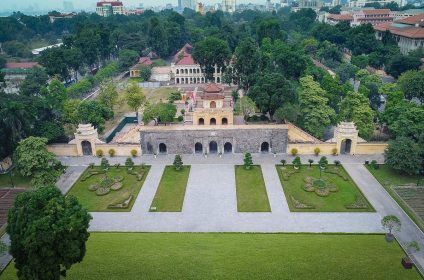
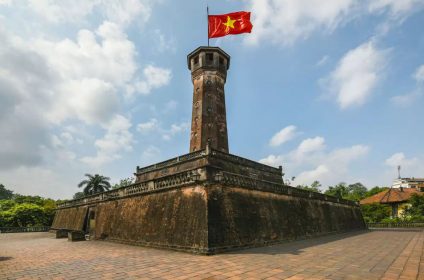
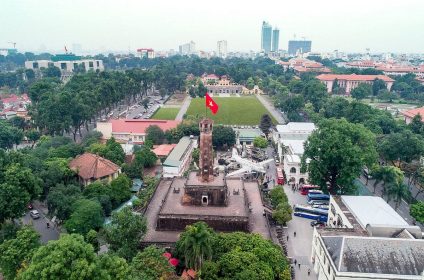
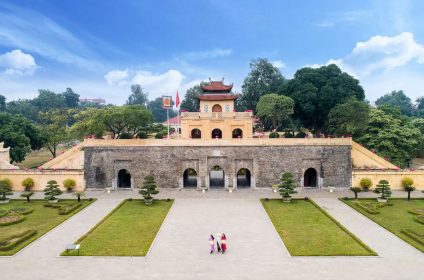
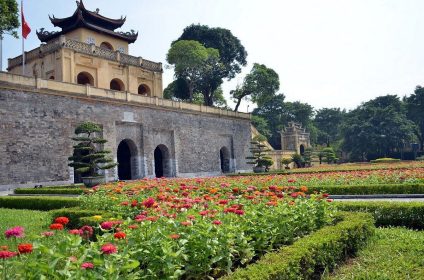
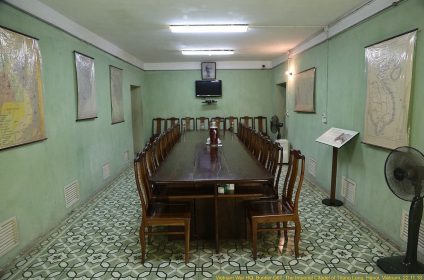

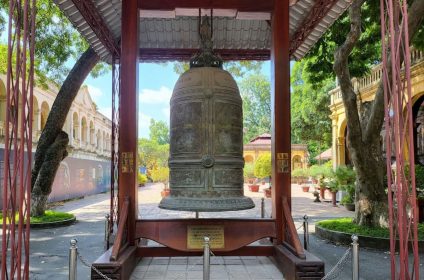
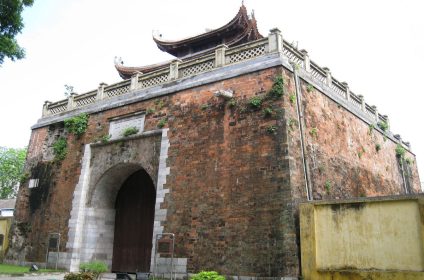
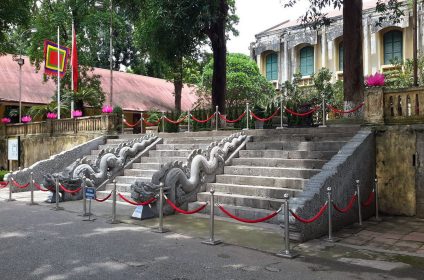

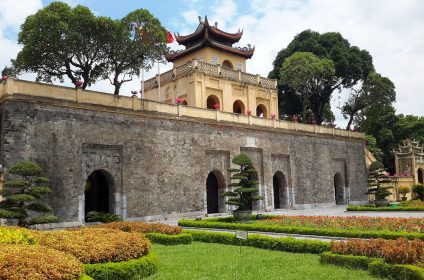


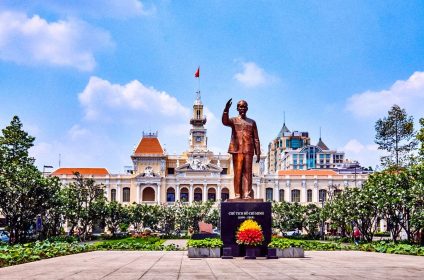
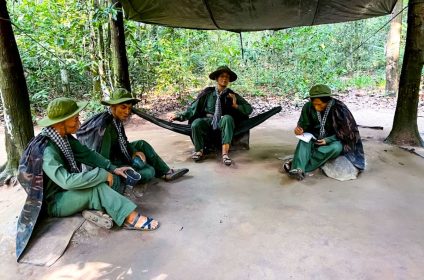
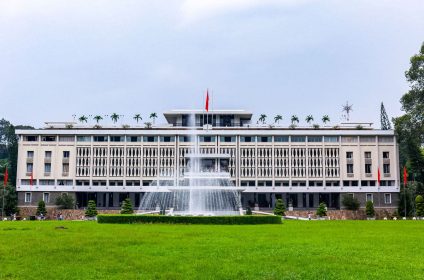
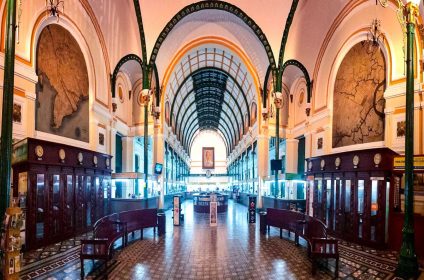










Add Review